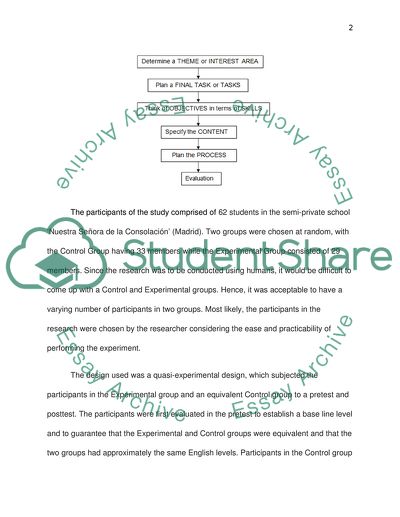Cite this document
(A New Model of a Task-Based Didactic Unit and Its Effectiveness in the Assignment, n.d.)
A New Model of a Task-Based Didactic Unit and Its Effectiveness in the Assignment. Retrieved from https://studentshare.org/education/1749042-article
A New Model of a Task-Based Didactic Unit and Its Effectiveness in the Assignment. Retrieved from https://studentshare.org/education/1749042-article
(A New Model of a Task-Based Didactic Unit and Its Effectiveness in the Assignment)
A New Model of a Task-Based Didactic Unit and Its Effectiveness in the Assignment. https://studentshare.org/education/1749042-article.
A New Model of a Task-Based Didactic Unit and Its Effectiveness in the Assignment. https://studentshare.org/education/1749042-article.
“A New Model of a Task-Based Didactic Unit and Its Effectiveness in the Assignment”, n.d. https://studentshare.org/education/1749042-article.


